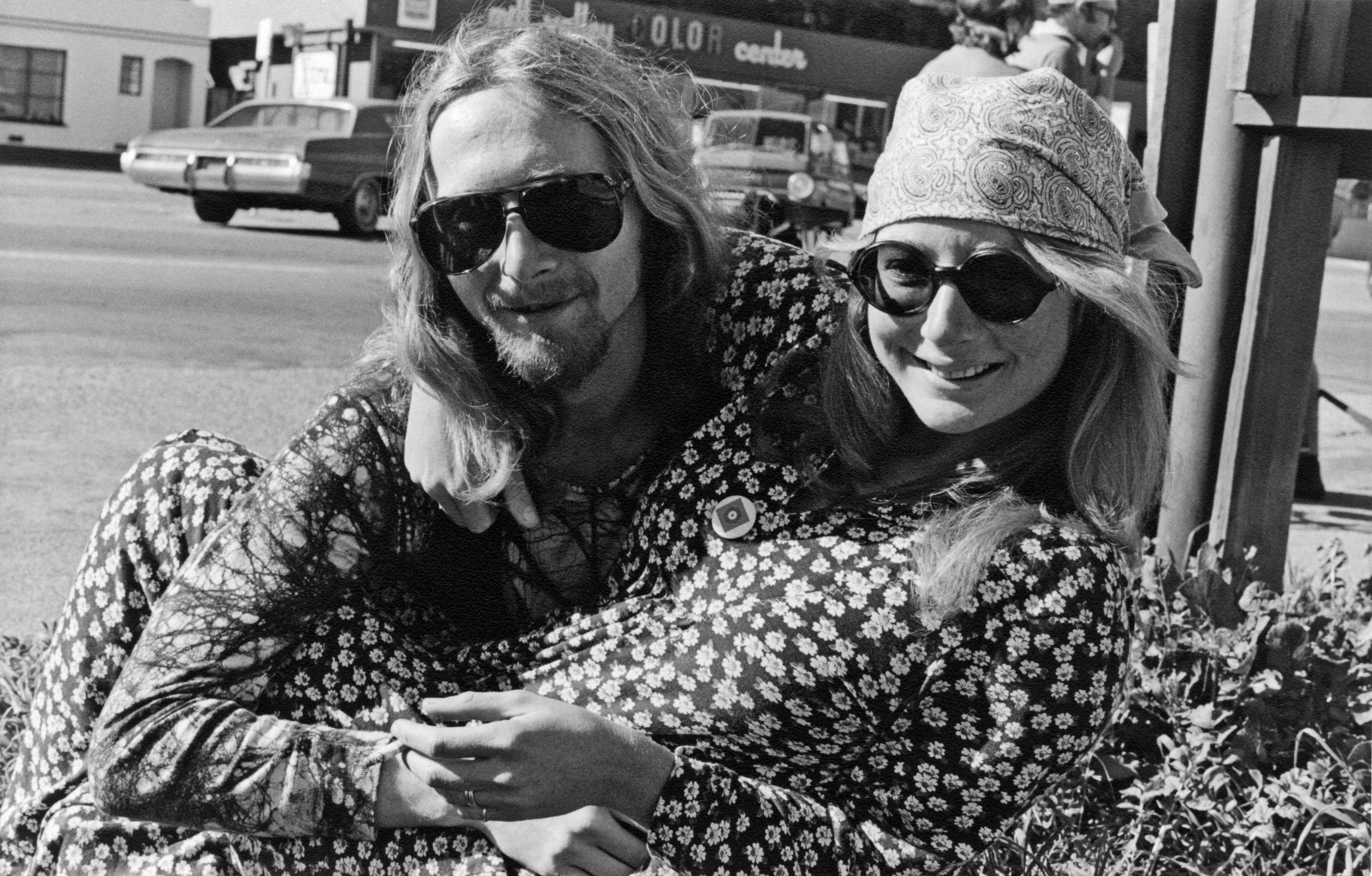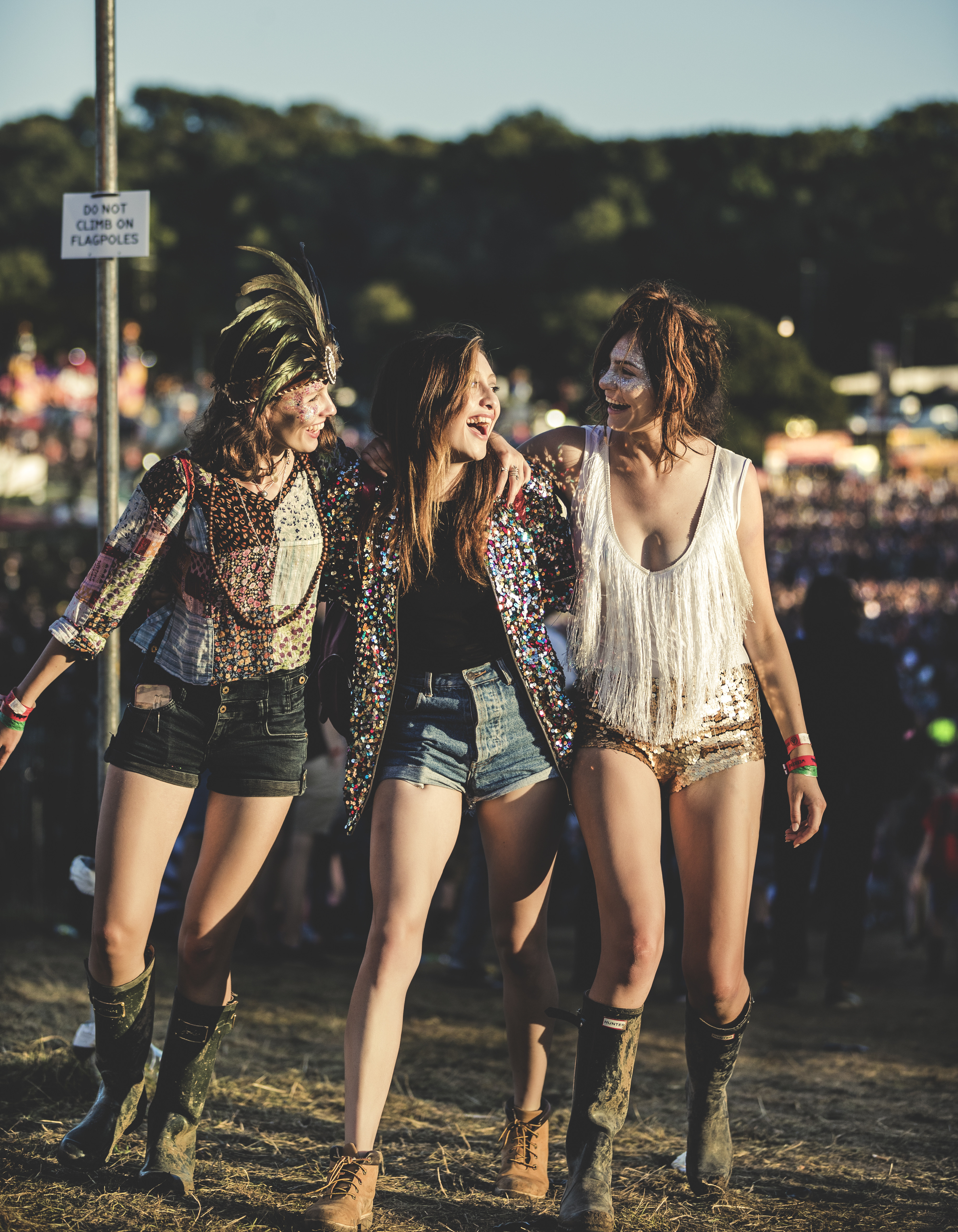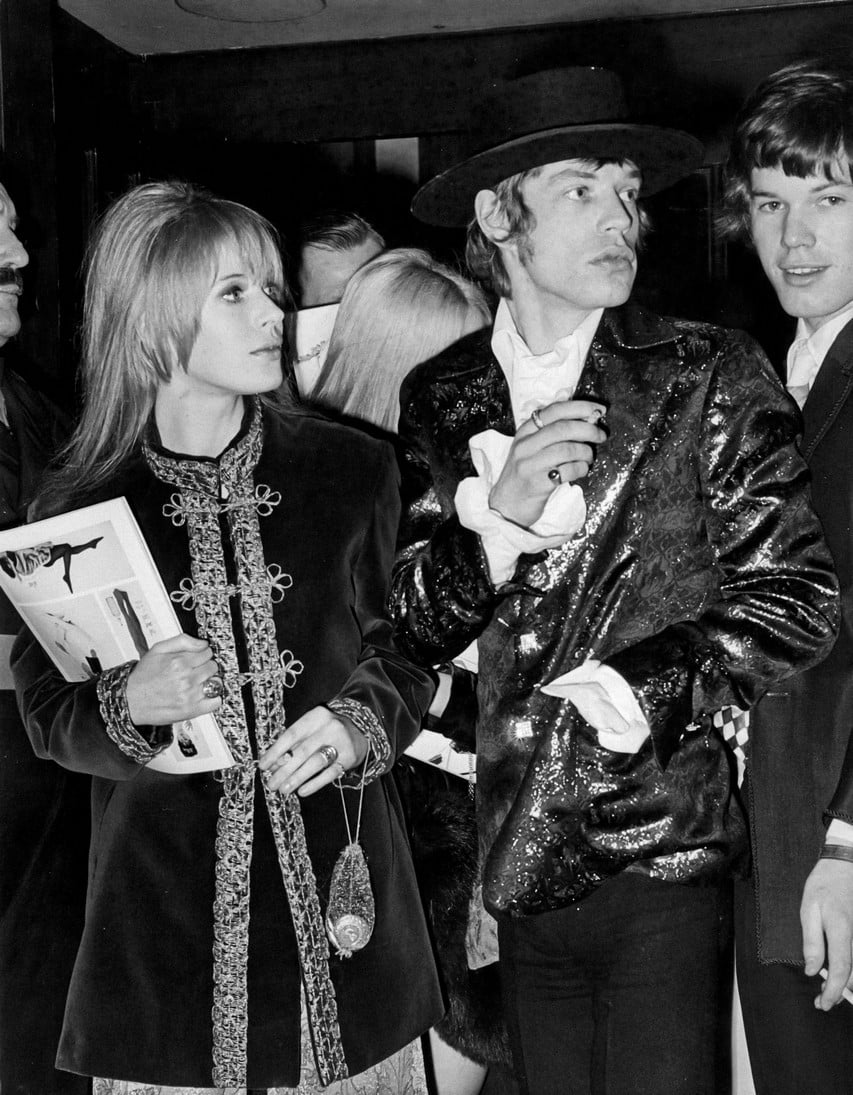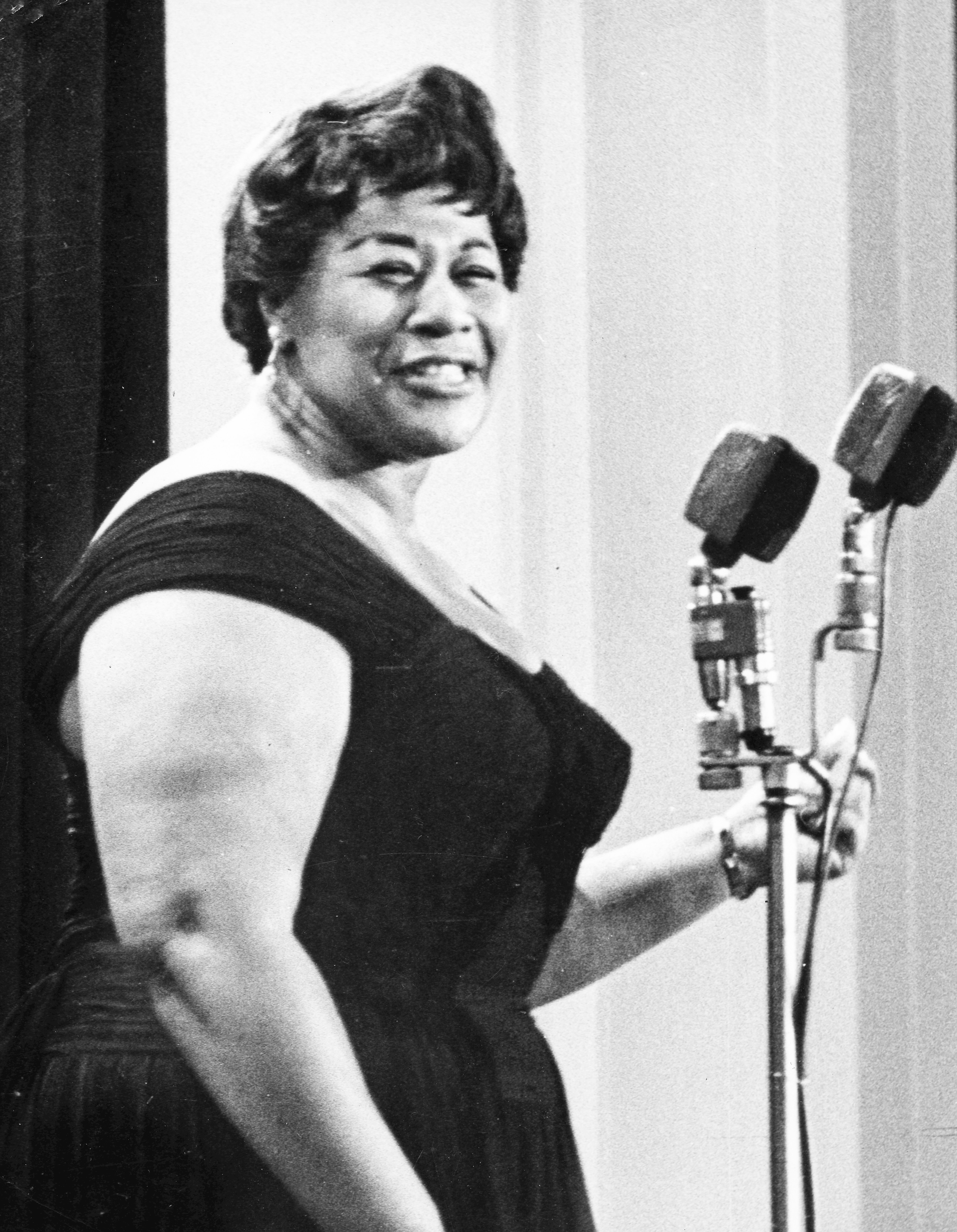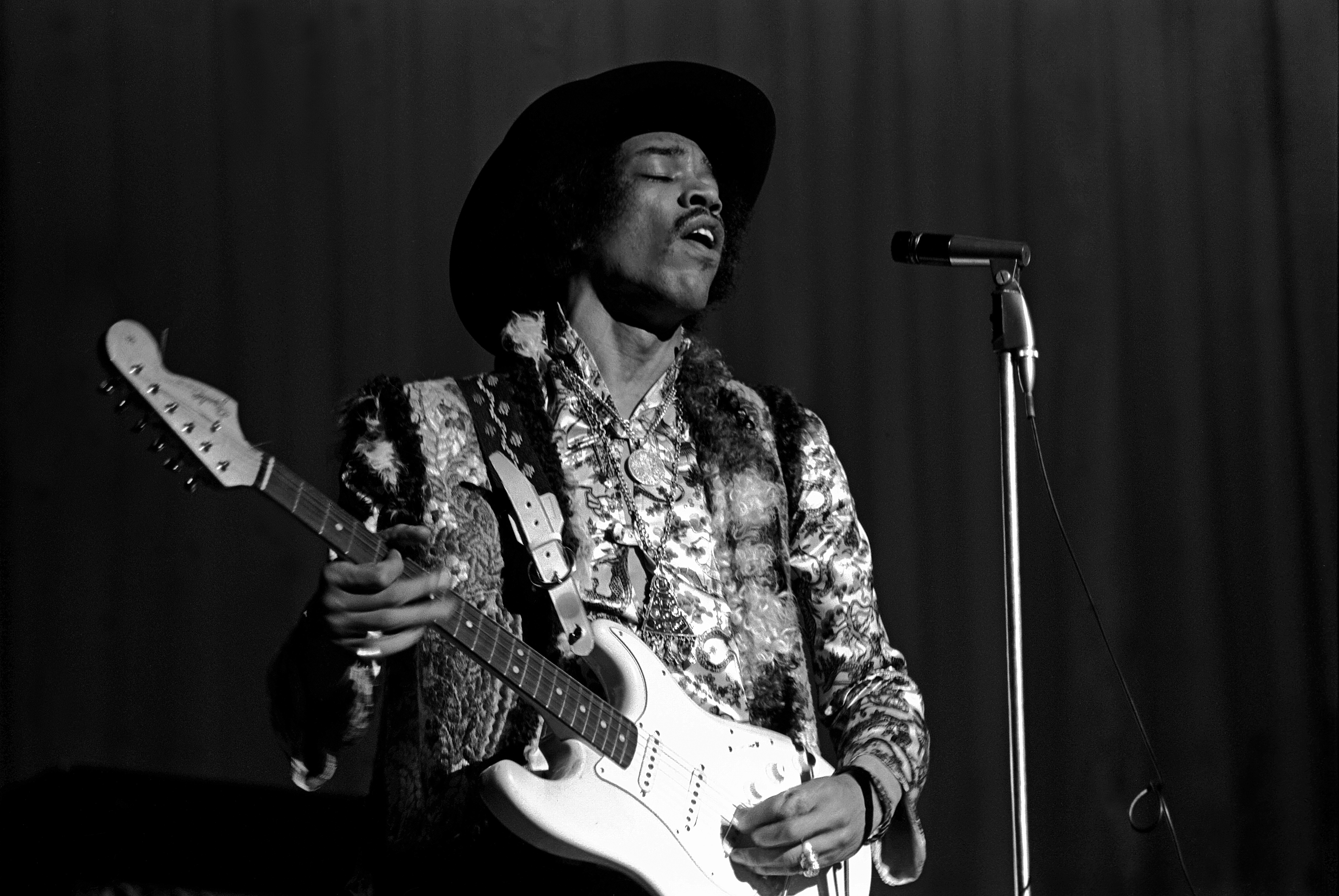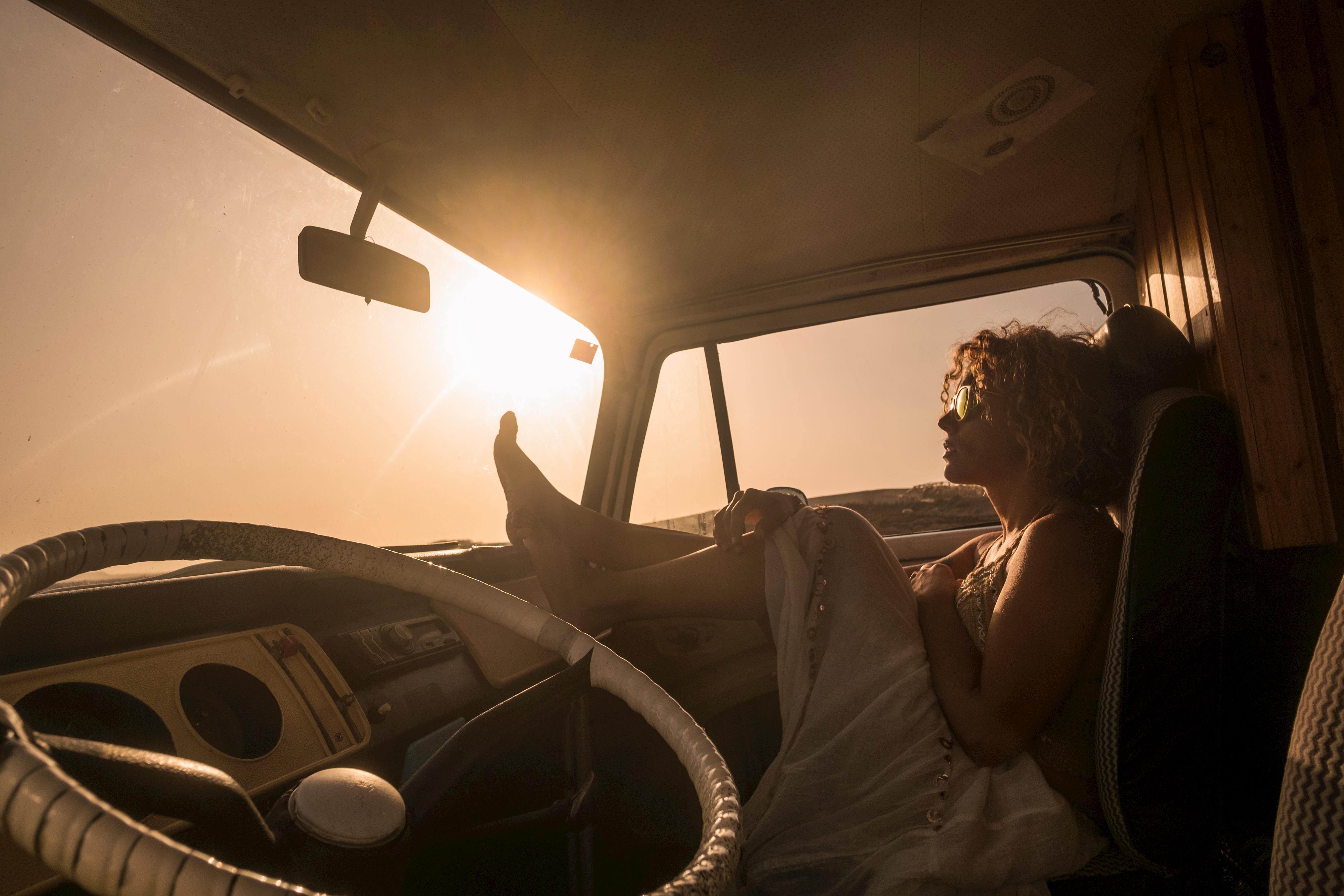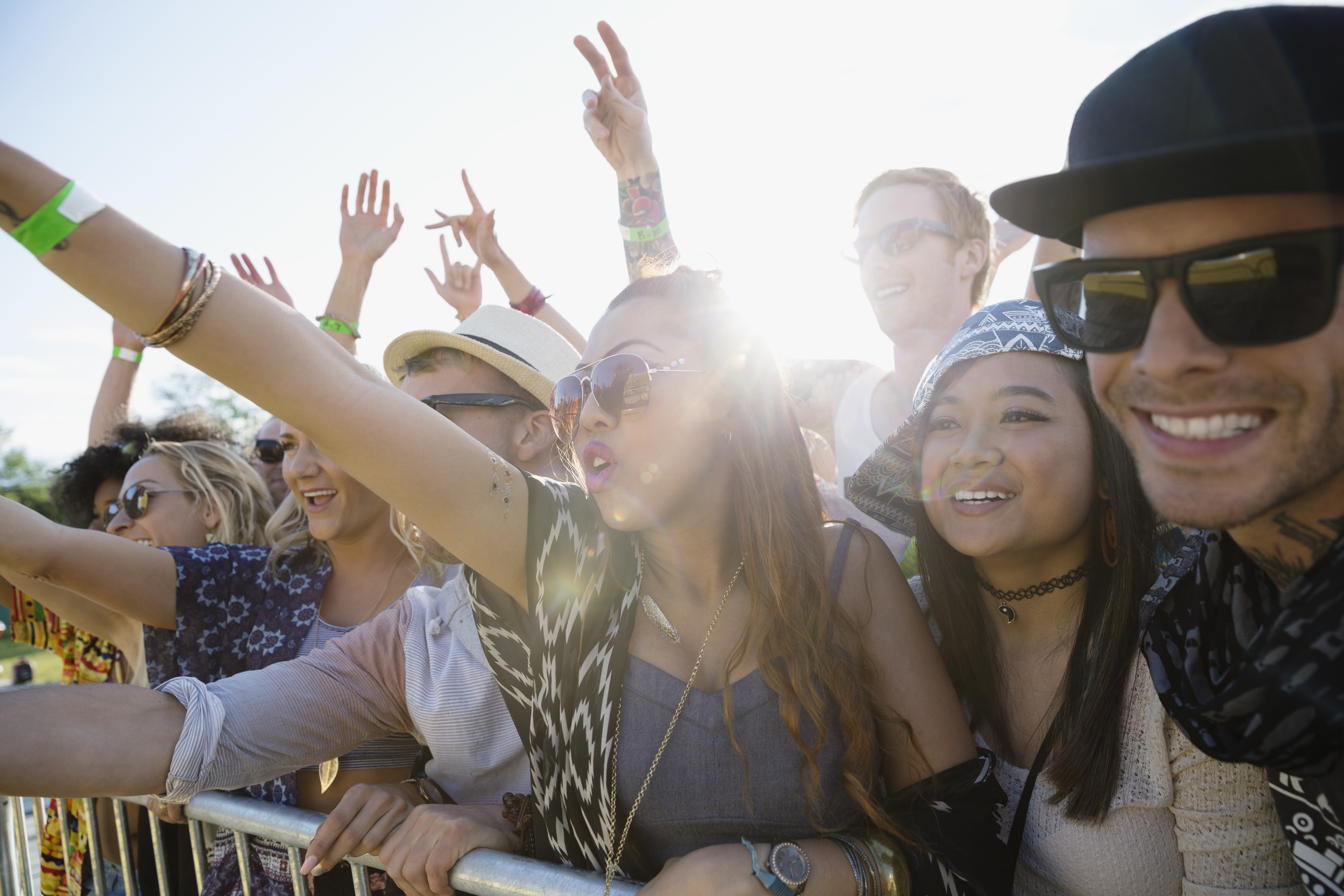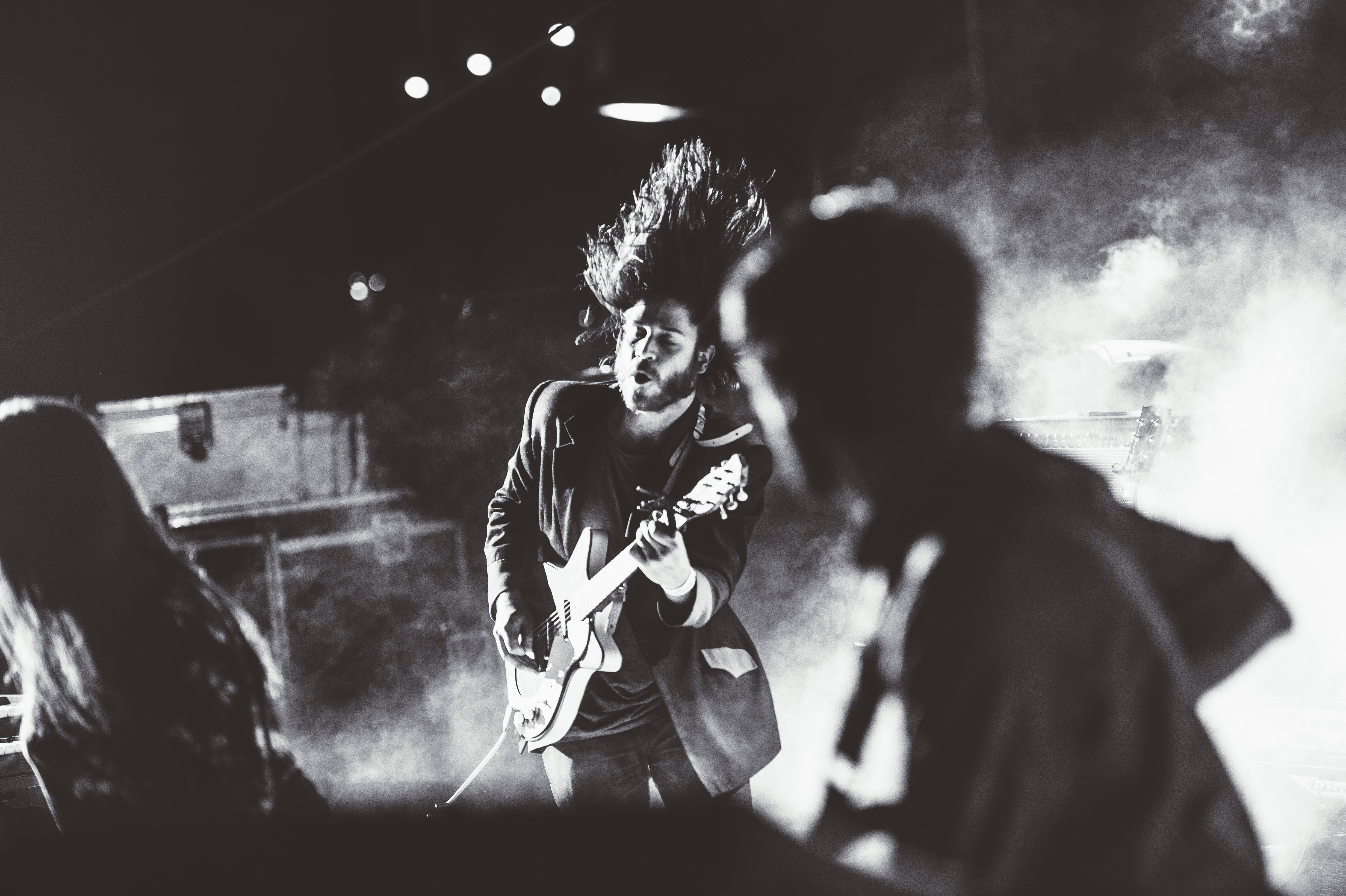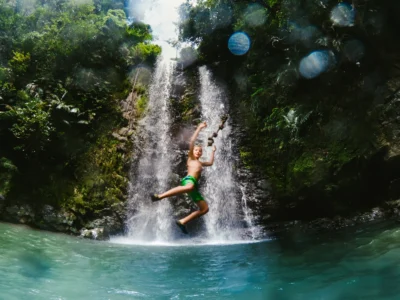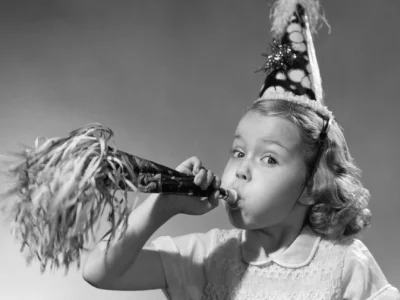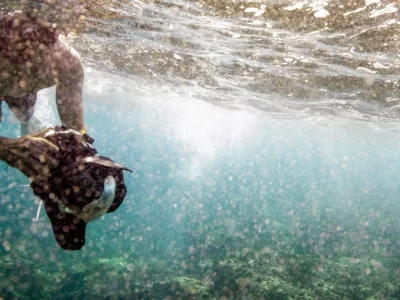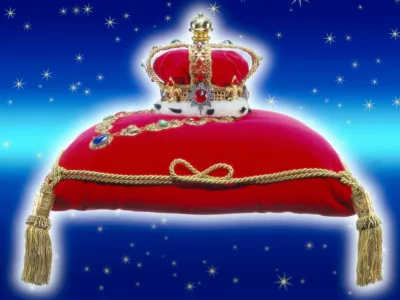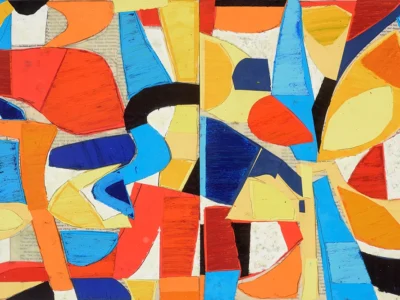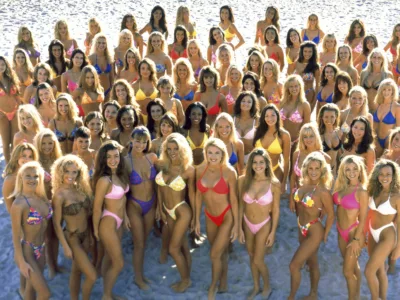Getting festival ready – and why we still love them, 50 years after Woodstock.
Peace and Love, man. And believe it or not, Mozart.
In 18thCentury England, the cathedrals would fill with the festival-goers of the day, keen to hear the sublime music of Mozart, Beethoven and Rossini. These gatherings were some of the first music festivals in existence.
The word ‘festival’ itself was first recorded in the English language in the middle of the 16th century. It derives from the word ‘feast’, celebrating the harvest.
Before that, in ancient Greece, they used to hold The Pythian Games, a festival of culture in which art, dance and music were performed, pre-dating the sporting aspects of the games.
Of course 1969’s Woodstock Festival is probably the most famous festival of all and the one that expanded 1967’s Summer of Love experience to really put festivals on the map.
In Bethel, upstate New York between 15 and 18 August 1969, 500,000 hippies sprawled out watching performances by, amongst others Jimi Hendrix, Janis Joplin,Santana, Creedence Clearwater Revival, The Grateful Dead and The Who.
The myth persists that it was all ‘peace and love’ and spaced out bliss for those that were there. The reality, particularly for the bands was somewhat different. The Who’s singer, Roger Daltrey recalled “We were due on in the evening but by four the next morning we were still hanging around backstage in a muddy field waiting. And waiting some more.”
This really goes against the grain of the legend of Woodstock, especially when Daltrey goes on to say “Three days of peace and love? Do me a favor. It was crazy even before we arrived. Pete (Townshend) spent several hours in the traffic jams. Other artists didn’t make it at all. The whole place was chaos.”
A few months later on Saturday 6 December of the same year a free concert at Altamont Speedway Race Track was held, featuring bands such as Crosby Stills, Nash and Young, Jefferson Airplane and The Rolling Stones. Thrown together and badly organised, The Grateful Dead declined to play in the end because the atmosphere at the festival was turning increasingly ugly as the day wore on.
When The Stones finally went on stage as the headline act, the Hell’s Angels, who had incomprehensibly been drafted in as security were in fact causing most of the trouble. A melee broke out during The Stones’ performance of ‘Under my Thumb’ resulting in the death of 18 year old Meredith Hunter at the hands of one of the Hell’s Angels.
This concert really signified the end of the Sixties, and the idealism of the hippies was stripped away to reveal the ugly side of the counterculture that now existed underneath.
It’s interesting that the perceived carefree legacy of Woodstock, as well as some of its late 60’s fashion has informed the look and feel of subsequent festivals; and still does to this day judging by the flowers in the hair, the face painting and the skimpy fashions at this year’s Glastonbury festival.
Perhaps Woodstock marked the moment that ‘counterculture’ really entered the mainstream and started to become commoditised. It’s no surprise that things have moved on considerably since 1969 and these days there is an explosion of festivals every summer, in the US, the UK and across Europe.
Woodstock wasn’t America’s first festival though. One of the first was the Newport Jazz Festival, that took place in Rhode Island in 1954 in front of 11,000 people, who had flocked to see legends such as Billie Holiday, Oscar Peterson, Ella Fitzgerald and Dizzy Gillespie perform.
And over in the UK, there was The Reading Festival, which is the world’s oldest popular music festival still in existence. Starting in 1961 and still going strong today, it has always embraced all genres of new music and therefore stayed relevant to the music fans who attend. Notable bands who have performed there over the decades include Long John Baldry, Georgie Fame, Fleetwood Mac, Deep Purple, Cream, The Jam, The Police, The Cure, Iggy Pop, AC/DC, Blur, Pulp, Guns ‘n’ Roses, Red Hot Chilli Peppers, Eminem, Nirvana… and countless more.
Not long afterwards, in 1967, as the Sixties ‘happened’ in America, its youth embraced the ideas of peace, love, counterculture, and escaping from the rigid conventionalism of their parents’ generation. To prove it they embraced the Monterey International Pop Festival, witnessing the famous moment in Jimi Hendrix’s slot where he sets his guitar on fire. It was also where Janis Joplin really arrived on the music scene as a force to be reckoned with and where The Who launched themselves to conquer the US market. This is where ‘The Summer of Love’ officially started.
Meanwhile in the UK, The Doors, Joni Mitchell, Supertramp, Leonard Cohen, Joan Baez, Chicago, Procol Harum and of course Jimi Hendrix and The Who played to over 600,000 people on a small island off the south coast of England. The year was 1968 and The Isle of White Festival was born.
Some of the biggest bands in the world have played Isle of White since the early 2,000’s including The Rolling Stones, David Bowie, Foo Fighters, Bruce Springsteen, Paul McCartney, Pearl Jam, Kasabian, Amy Winehouse, Kings of Leon, Jay-Z, Muse, The Strokes, Coldplay, The Sex Pistols, Fleetwood Mac, The Police and Blondie.
And of course there’s Glastonbury, possibly biggest current festival in the world. It came into being on 19 September 1970. Sadly, Jimi Hendrix never had the opportunity to perform there, as the day before the inaugural event, he died in his London Apartment.
Founded on the ethos of the hippie counterculture, the Glastonbury festival site still has areas called Green Futures, The Wood and Healing Fields and includes dance, crafts, poetry and spirituality alongside its cutting edge music. Nowadays the festival has hundreds of thousands of fans attending each year and it has become huge business, with the event even offering cash point machines, deluxe tent accommodation and high class catering.
The popularity of music festivals spread throughout the world in the 70’s and massive events started to pop up everywhere, from South America to South Africa. The counterculture vibe that started in the 60’s continued to be felt over next two decades as different subgenres of rock were born – from punk to metal and beyond.
The Burning Man Festival, which takes place annually on the bed of an empty lake in Nevada’s Black Rock Desert, was founded in 1986 by San Francisco artist Larry Harvey. His idea was to get a small group of people together on the Summer Solstice and burn an 8-foot wooden effigy of a man.
Burning Man is really an experiment in temporary community – something that extends the original hippie ideal and brings it bang up to date. Its counterculture roots also show themselves with its anti-consumerism stance and interest in self-expression. There is a sense of ‘anything goes’ at Burning Man with activities like performance art, using light or fire, nude body painting and the creation of ‘mutant vehicles’ which to mind the action sequences in the original Mad Max movies.
In neighbouring California, The Coachella Festival launched in the 90s, on the back of a concert by Pearl Jam. Like other music festivals, it includes art installations and sculptures, along with Rock, Pop, Hip Hop and Electronic Dance Music. In 1999, 10,000 people came to see Beck, Jurassic 5and Rage Against the Machine perform. Today the festival has around 75,000 visitors and has featured some landmark moments like Daft Punk’s revolutionary LED-lit pyramid and Tupac’sposthumous performance via hologram.
We should also mention ‘Acid House’ music and the rave culture that spread first across the UK in the late 80’s and then across Europe and back to the US, on the back of the ‘House Music’ scene that came out of Chicago a couple of years earlier. Epitomised by the yellow smiley face graphic, House music encouraged both community and freedom of expression through dance. Alongside the clubbing, blissed-out groups of ravers, fuelled by the drug of the day, Ecstasy began to meet inside large warehouses and at massive outdoor events in fields, to dance through the night, in what became known as The Second Summer of Love.
Today’s music festivals are almost like mini corporations encompassing everything from retail to tourism and fine dining. But they allow us experiences. A study by ticketing agency Eventbrite revealed that Millennials value experience over ownership: 78% would rather pay for an experience than for material goods, compared with 59% of boomers (born 1946–1964).
Festivals may have lost some of their counterculture credentials – but they are still incredibly popular events in the social calendar and as human beings, we all embrace the idea of community and coming together and experiencing things collectively. Particularly when it’s accompanied by great live music.
